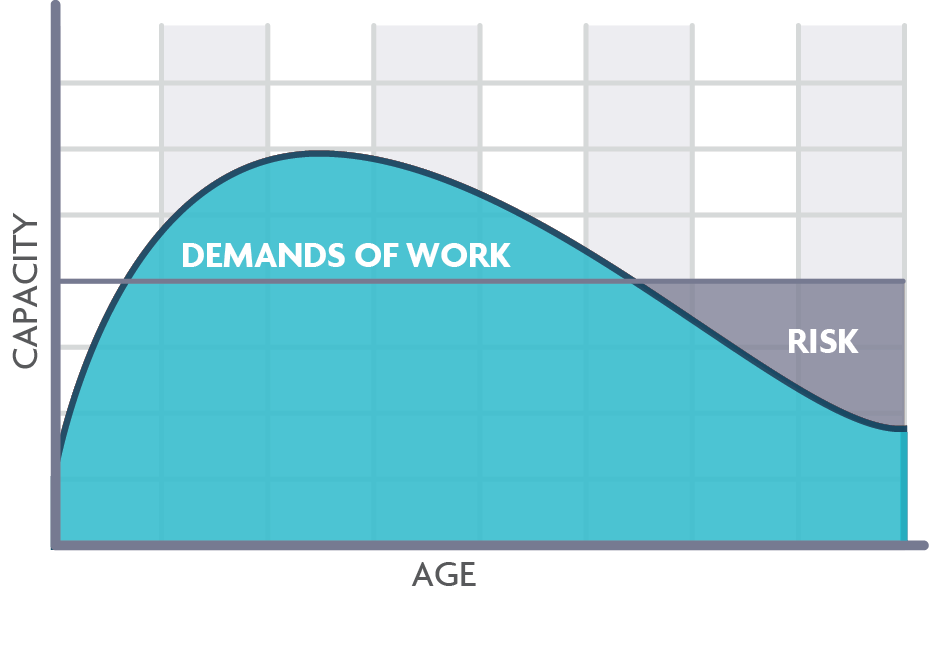A young person’s game.
“The meat industry is a young person’s game.” This statement has been heard throughout the professional experiences of Employ Health team members for over a decade. So, are those who say the meat industry is a “young person’s game” actually right? Injury and compensation claim statistics would suggest that this statement is not too far off the mark.
Workers’ Compensation rates for the meat industry remain significantly higher than every other industry nation-wide.
When it comes to older workers, median time loss after an injury increases with age, and claim cost is also highest for those over the age of 60.

A “young person’s game” could theoretically work, if you have an endless stream of job seekers. This will not always be the case. Australia’s population is ageing. By 2050, one quarter of the Australian population will be over the age of 65. Workforce participation for older Australians is already increasing. Even the meat industry can expect the average age of their workforce to significantly increase.
Why are claim cost higher for older workers in the meat industry? There are a range of changes the body goes through as a result of ageing. These changes include:
- Sarcopenia – a loss of muscle mass
- Bone density decrease
- Living with co-morbidities
- Grey matter loss
- Immune deficiency
- Tendon, ligament and cartilage changes
On average, a male will be living with at least one disability from the age of 63 and a female will be living with at least one disability from the age of 65.
Add to this that due to lifestyle factors, are number of chronic health conditions are exploding. Diabetes is a prime example. One person is diagnosed with diabetes every 5 minutes in Australia. Around 1.7 million Australians have diabetes, with a further 500 000 estimated to have undiagnosed diabetes. Diabetes is strongly associated with conditions such as carpal tunnel syndrome and trigger finger. These conditions are all too familiar for those who work in the meat industry.
The meat industry can expect to see a higher proportion of older workers in their businesses, workers who are undergoing a range of physiological changes that statistics suggest will result in more claims, more time loss and higher cost.
What can be done?
There are a range of options for businesses who are seeking to look forward into the future to risk manage their ageing workforce. Proactive businesses have already started acting to risk manage the health and physical capacity of their ageing workforce. This includes intervening around healthy lifestyle choices and optimising physical strength in line with the demands of the person’s work. Intervention can also be made at the level of the work, with ergonomic redesign projects underway that engage workers to participate in the process.
This risk management process aims to intervene before an age-related mismatch occurs between the worker’s physical capacity and the demands of their work, as outlined below.

Stepping in to proactively manage the physical capacity of the worker and the ergonomic requirements of the work are fantastic strategies to ensure your workforce does not become ‘at risk’ over the next 10 years. Ageing workers are well placed to bring experience, wisdom and value to meat industry operations, so it’s important that their participation in work that is physically demanding is proactively risk managed.
Employ Health is putting forward an Ageing Workforce Strategy across September and October at events in Brisbane, Sydney and Melbourne. If you’d like to attend to hear more about these strategies and what you could apply to your workforce, please reach out to a member of our team.
If you’ve got questions about this blog please email me directly at zac.lowth@employhealth.com.au.
References:
AMPC, 2018. Available from: https://www.ampc.com.au/uploads/cgblog/id418/Appendix_C_for_Milestone_7_Final_report_V2-Reduced_051218.pdf














